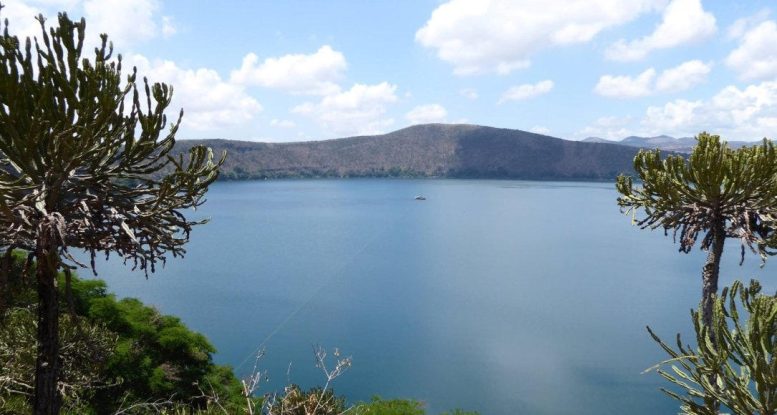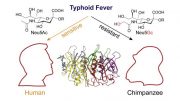
Drilling rig in Lake Chala. Credit: Dirk Verschuren
Recent studies indicate that the Horn of Africa may experience increasing dryness, contrary to the majority of climate models that forecasted more rainfall.
For decades, the adage ‘Wet gets wetter, dry gets drier’ has shaped our understanding of the effects of global warming on the world’s hydrological patterns. However, a conundrum arises when we see regions like the Horn of Africa, part of the African tropics, becoming progressively parched, even though many climate predictions suggest tropical Africa would receive more rainfall in the future. Why is this discrepancy occurring?
An international team of researchers has found a pre-historic climate tipping point that helps explain the disparity between these model predictions and the intensifying drought conditions in the Horn of Africa. Their new study was published in the scientific journal Nature on 10 August.
Moisture equals rainfall minus evaporation
Simply put, two main things make up how wet or dry an environment is: the amount of rainfall and the amount of water that evaporates from the land and plants. In the tropics, higher temperatures typically bring along wetter weather due to stronger monsoons. At the same time, higher temperatures also cause more evaporation since in warmer air, water evaporates more easily.
And yet, recently parts of the world like the Horn of Africa have seen severe multi-year droughts with rising temperatures. A research team including lead co-authors Allix Baxter (Utrecht University) and Dirk Verschuren (Ghent University) have found an explanation for the disparity between climate model predictions and recent droughts in eastern Africa in the sediments of Lake Chala, located on the Kenya/Tanzania border near Mount Kilimanjaro.
Climate tipping point
“We found that, during the last ice age between 75,000 and 11,700 years ago, higher temperatures in the Horn of Africa did indeed produce a wetter climate,” Verschuren explains. “But around 11,700 years ago, when the region’s temperature naturally rose by a few degrees, we saw a tipping point in which higher temperatures led to increased drought, and lower temperatures meant wetter conditions.”
This fundamental change in the relationship between temperature and moisture in the Horn of Africa has since locked this region into a dry tropical climate regime, which the researchers expect to continue as temperatures keep rising in the future.
“This finding matches with the increasing number and severity of droughts we now see happening in the Horn of Africa,” Baxter illustrates.
Quite importantly for this region where most people depend on rain-fed agriculture, the new research suggests that the Horn of Africa is likely to become even drier, not wetter in the future as predicted by most climate models.
“Though it’s still debated what the cause is of these recent droughts, our research provides the clue to an underlying mechanism. Our data has revealed certain processes that we hope are better incorporated in the climate models to more accurately predict long-term future climate change in this and other tropical regions.”
Reference: “Reversed Holocene temperature–moisture relationship in the Horn of Africa” by A. J. Baxter, D. Verschuren, F. Peterse, D. G. Miralles, C. M. Martin-Jones, A. Maitituerdi, T. Van der Meeren, M. Van Daele, C. S. Lane, G. H. Haug, D. O. Olago and J. S. Sinninghe Damsté, 9 August 2023, Nature.
DOI: 10.1038/s41586-023-06272-5









Be the first to comment on "Tipping the Scales: Did an 11,700-Year-Old Event Seal the Horn of Africa’s Dry Fate?"